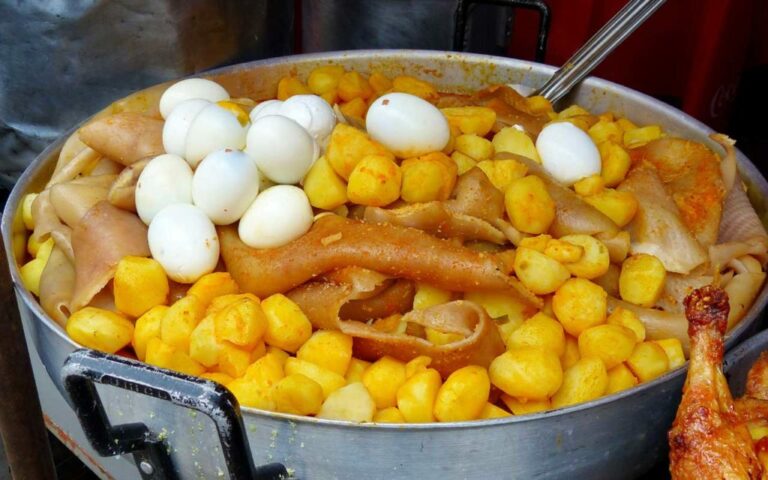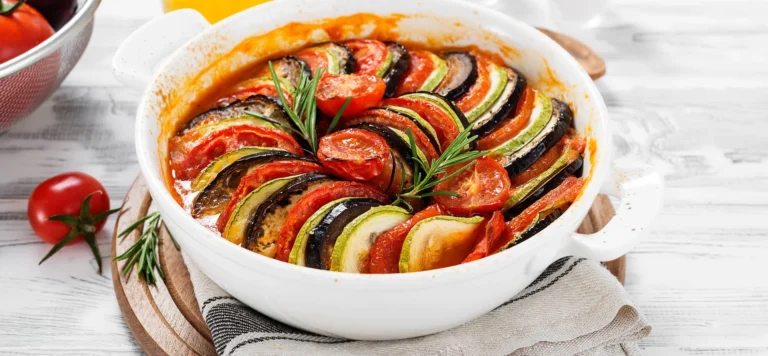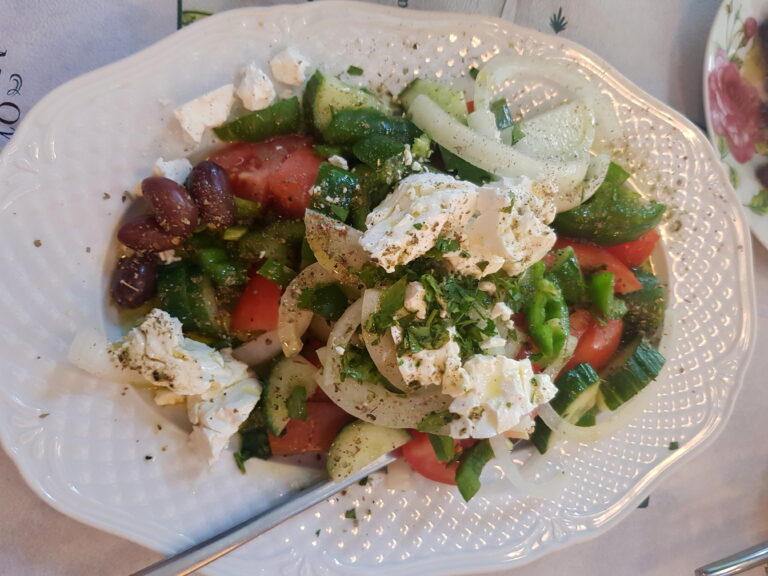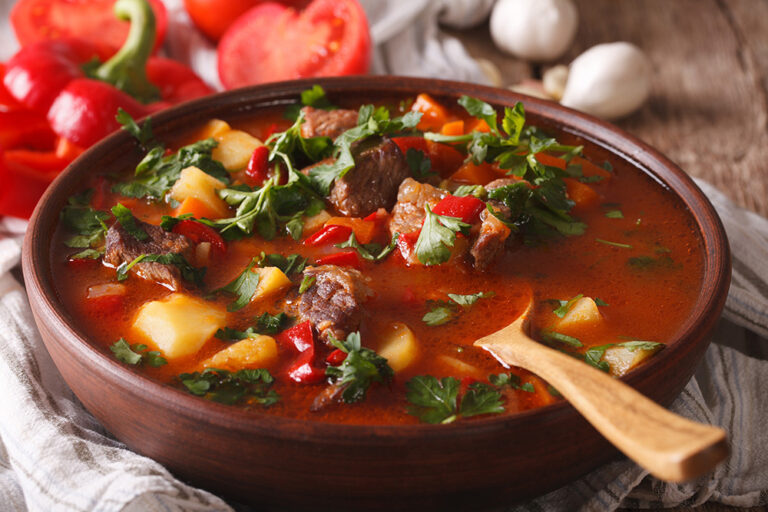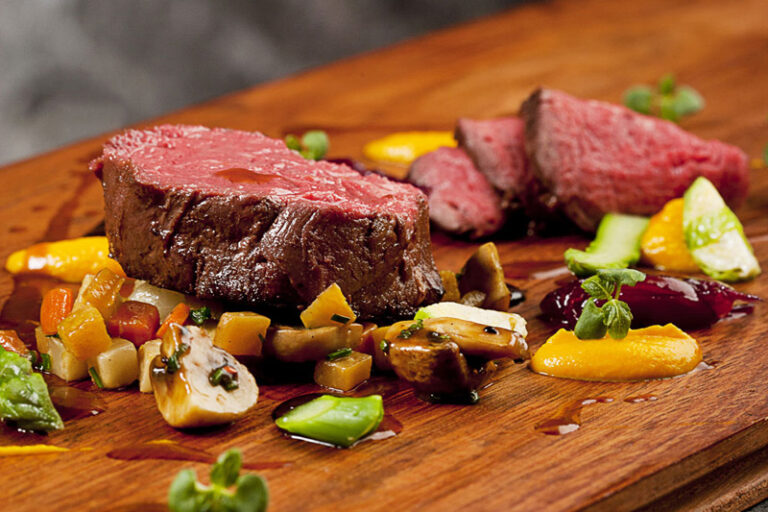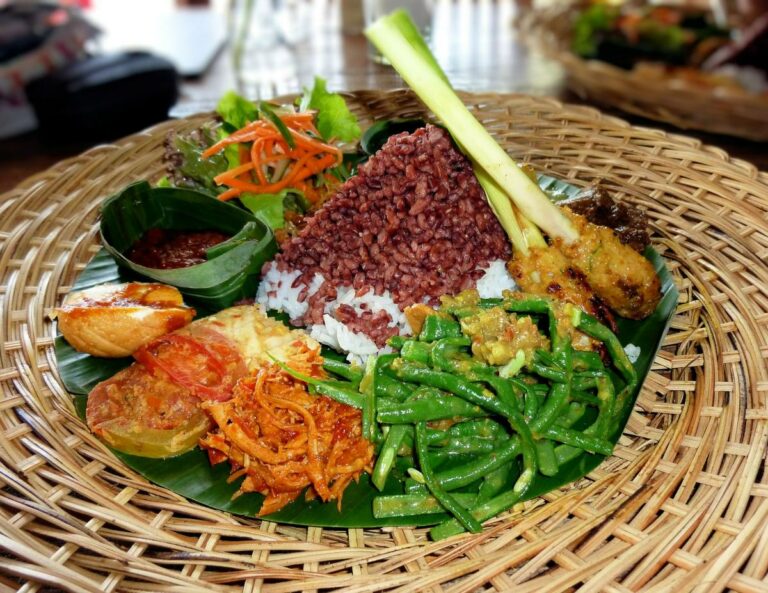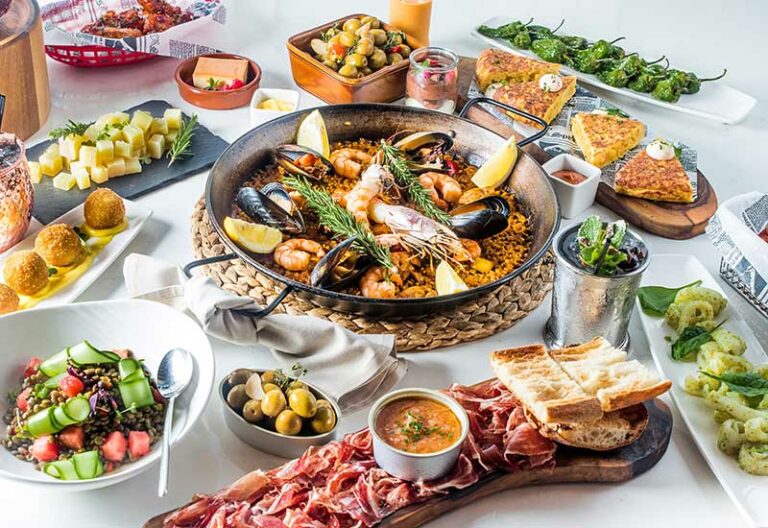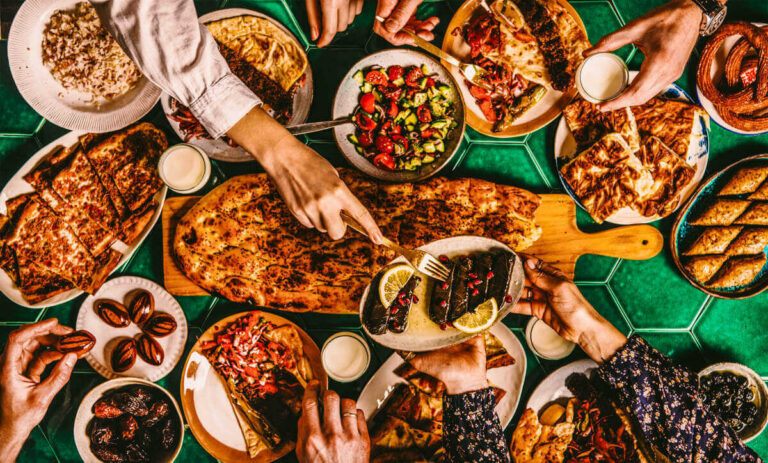Introduction: Croatian Cuisine
Croatian cuisine is diverse and influenced by various neighboring countries such as Italy, Hungary, and Austria. The cuisine is known for its use of fresh ingredients and traditional cooking techniques. The cuisine also varies greatly across different regions of the country, each with its unique flavors and specialties.
Coastal Croatia: Seafood Paradise
Coastal Croatia, with its long coastline and numerous islands, offers a plethora of seafood dishes. The cuisine is characterized by the use of fresh seafood such as prawns, squid, and octopus, usually grilled or served in stews. The dishes are often accompanied by olive oil, garlic, and parsley. Notable seafood dishes include black risotto, a dish made with squid ink and rice, and buzara, a seafood stew with tomatoes, garlic, and white wine.
Inland Croatia: Meat and Dairy
Inland Croatia is known for its meat dishes, particularly pork and lamb, often roasted or grilled. The cuisine also features dairy products such as cheese and sour cream, used in dishes like strukli, a pastry filled with cottage cheese and sour cream. Inland Croatia is also known for its hearty stews such as cobanac, a spicy meat stew with vegetables.
Zagreb: Fusion of Traditions
Zagreb, the capital city of Croatia, offers a fusion of traditional Croatian cuisine and international flavors. The cuisine features dishes such as ćevapi, a grilled dish of minced meat served with flatbread, and schnitzel, a dish of breaded meat usually served with potatoes. The city is also known for its street food, including the popular dish of langos, fried dough topped with cheese, sour cream, and garlic.
Dalmatia: Mediterranean Influence
Dalmatia, a region on the Adriatic coast, is influenced by Mediterranean cuisine. The cuisine features fresh seafood dishes such as octopus salad and grilled sardines, often accompanied by olive oil and vegetables. The region is also known for its wine, particularly red wines made from indigenous grape varieties.
Slavonia: Spicier and Heartier
Slavonia, a region in eastern Croatia, features spicier and heartier cuisine. The dishes are often made with pork, paprika, and garlic. Popular dishes include kulen, a spicy sausage, and čobanac, a stew made with various meats and vegetables. Slavonia is also known for its wine, particularly white wines made from local grape varieties.
Istria: Italian Flavors
Istria, a region in the northwest of Croatia, is influenced by Italian cuisine. The region features dishes such as fuži, a pasta dish served with a sauce made with truffles, and maneštra, a vegetable soup with beans and potatoes. The region is also known for its olive oil, wine, and truffles.
Conclusion: The Diversity of Croatian Cuisine
Croatian cuisine is diverse and influenced by various neighboring countries. Each region of the country has its unique flavors and specialties, from seafood dishes in coastal Croatia to hearty stews in Slavonia. Whether it’s meat, seafood, or vegetables, Croatian cuisine offers a range of delicious dishes for food lovers to savor.


